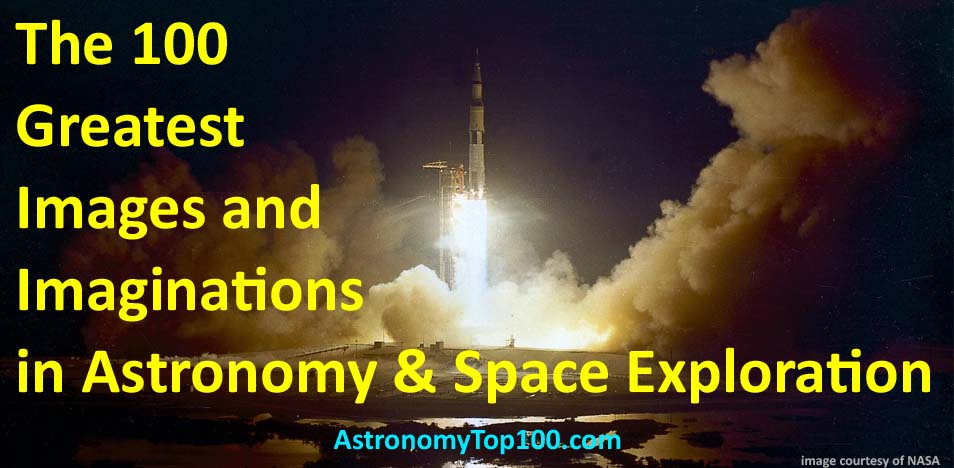The New Science
Sir Isaac Newton (1642-1727).
Youth.
Born at Woolsthorpe, Lincolnshire, England.
Nearly one year after Galileo’s death.
Christmas Day 1642
Father died a few months before his birth.
Mother married in 1645 and left Newton with her mother.
Sent to grammar school at 12.
A fight inspired him to be best.
Displayed an early aptitude for math.
Mother returned in 1656 and pulled Newton from school to prepare him for farm life.
Newton was not interested.
Education.
His uncle encouraged him to enroll at Trinity College.
Matriculated in 1661.
Performed menial services in return for expenses.
Widely read mathematics.
Bachelor’s degree in 1665.
Mathematical Discoveries.
Binomial Theorem – 1665.
Invented differential and integral calculus at the same time Leibnitz did – 1665.
Re-elected a Fellow at Trinity in 1667.
Made head of the Mathematics department five years later.
Astronomy (and physics).
Universal Gravitation – 1666.
Invented reflecting telescope – 1668.
Commented on the discovery of the composition of white light – 1671.
Published Optics in 1704 (compilation of 1672-1676).
Published Philosophiae Naturalis Principia Mathematica (Mathematical Principles of Natural Philosophy) in 1687 at the insistence of Halley.
President of the Royal Society (1703-1727).
Newton’s Laws.
A body at rest tends to remain at rest and a body in motion continues to move at a constant speed along a straight line unless, in either case, the body is acted upon by an outside force. (Intertia)
An outside force acting on a body causes the body to accelerate in he direction of the force; the acceleration is directly proportional to the force and inversely proportional to the mass of the body. (Force F=ma)
For every action there is an equal and opposite reaction.
Newton’s Law of Gravitation.
F = (GmM)/R2
The Herschel Family
The Members.
Sir William (1738-1822).
Originally named Friedrich Wilhelm Herschel
Caroline Lucretia (1750-1848).
Sir William’s sister.
John Frederick William (1792-1871)
Sir William’s son.
Achievements of Sir William.
He was trained as a musician.
He was the first president of the Royal Astronomy Society.
He discovered Uranus in 1781 (briefly named “Georgium Sidus” in honor of George III).
It was later called “Herschel” in honor of its discoverer.
By the late 19th century, it was known by the name “Uranus,” first proposed by German astronomer Johann Elert Bode.
He erected a 48″ telescope in Slough, then the largest telescope in the world.
He catalogued over 800 double stars.
He discovered 2 moons of Uranus and 6&7 of Saturn.
He discovered over 2400 “nebulae” (i.e., galaxies, clusters and gas clouds).
He was the first to propose these objects consisted of stars.
He is considered the founder of sidereal astronomy.
Achievements of Caroline.
She was also a trained musician.
She was the first important woman astronomer.
She discovered eight comets, three nebulae and several of the stars in her brother’s catalogue.
She was an honorary member of the Royal Society.
Achievements of John.
He re-examined and added to his father’s catalogues.
He led an expedition to the Cape of Good Hope in 1834 to study southern stars.
He became president of the Royal Astronomy Society in 1838.
He also made important contributions in the field of photography.

Leave a Reply